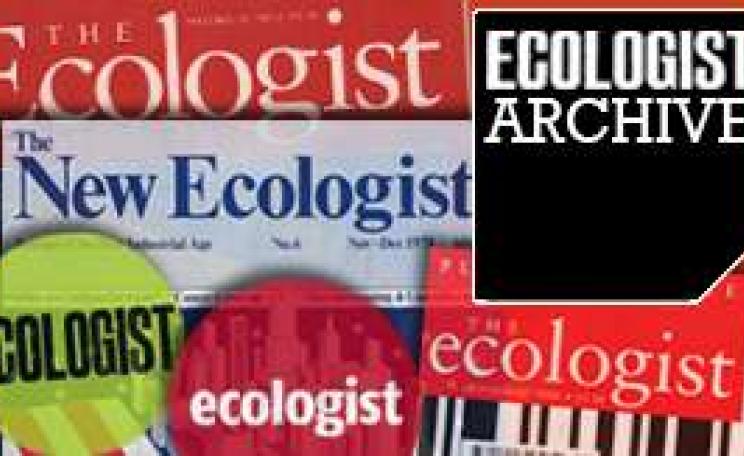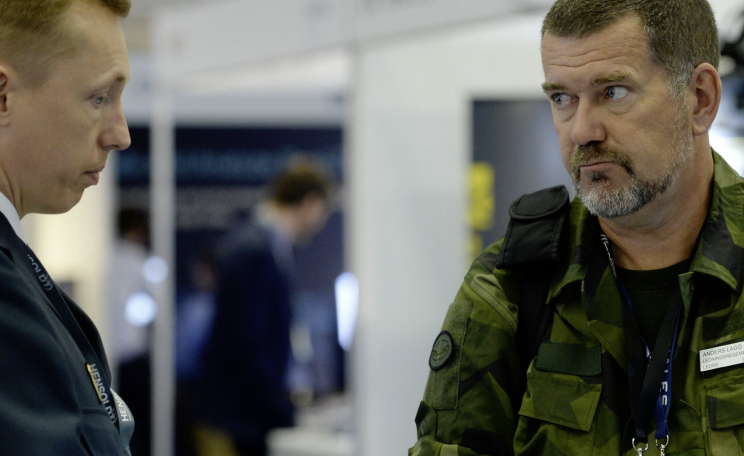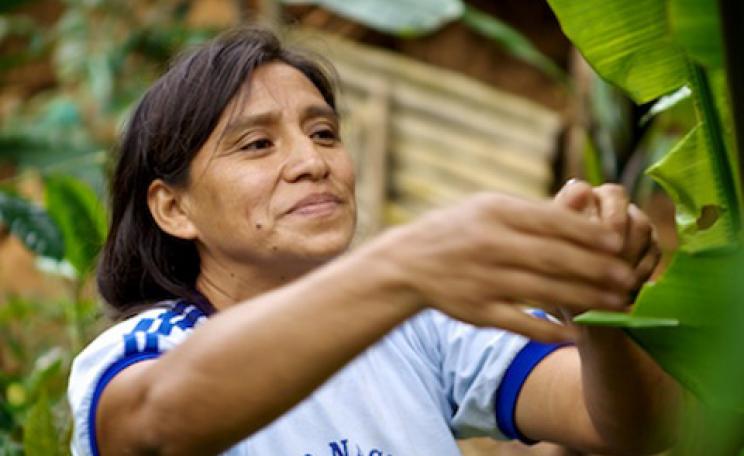Like many her age, 19-year-old Diana Lopez dreams of what she wants to be when she gets older. In her case, it's an US Air Force pilot, having grown up on nearby Kelly Air Force Base in San Antonio, Texas. But unlike many her age, Diana's life was changed forever when she learns that the same Air Force Base she wishes to enlist in is responsible for contaminating her community's ground water with toxic waste. The waste seeped off the Air Force Base for years and is directly responsible for the high numbers of cancer and birth defects in her community.
Diana's story is captured in the film Image of Contamination, which shows her going from Air Force enlistee to a young ‘Erin Brokovitch' fighting for her community's right to clean water, soil and air.
The film was made by fellow teens and was chosen as one of 11 films from over 250 submissions to be part of ‘Youth Producing Change', a project of Adobe Youth Voices showcased during Human Rights Watch's annual film festival. Co-director Antonio Rodriguez, now 22, was on his first trip anywhere outside the US for the UK Premiere of the film when I met him to talk about how filmmaking can be a powerful force for social change.
 While he doesn't consider himself an activist as such, Antonio says he was so shocked to learn about Diana's story that he had no choice but to make it into a film.
While he doesn't consider himself an activist as such, Antonio says he was so shocked to learn about Diana's story that he had no choice but to make it into a film.
Image of Contamination can be viewed online. For Diana, there is a long road ahead campaigning for justice and for the Air Force to clean up contaminated areas. As the film shows, it took 15 years just to get public signs put up to alert the community that creeks and ponds are contaminated and not to fish or swim in them.
Youth empowerment
‘Young people speak with a captivating rawness - they are more honest, curious, optimistic, and willing to be vulnerable than their adult counterparts,' says John Biaggi, director of the Human Rights Watch Film Festival. This certainly rings true when I meet with two other budding filmmakers in London, both with very powerful and captivating stories caught on film.
Hands of Love is made by, and about, 17-year-old Kenyan David Were, from Africa's second biggest slum - Kibera outside Nairobi in Kenya. David's father was made blind and partly paralysed after being attacked on his way to the bathroom late at night. Because homes have no electricity and running water people are forced to use public bathrooms and risk being attacked on their way there. The alternative is to use the streets to dispose of human waste - making the area rife with diseases such as typhoid, cholera and tuberculosis.
 ‘My father lost his sight because of the situation in the Kibera slums. We as youth decided that we are the change - we have to do something to make an impact and to improve the lives of people,' says David. He became active in a group of 11 young filmmakers in Kibera called Voiceless Children. ‘My main motivation for making the film was to capture the attention of each and every one in the slum so that they can realise that we are not just living here, that we have a right to live in a clean environment and that we can participate in cleaning up the place.'
‘My father lost his sight because of the situation in the Kibera slums. We as youth decided that we are the change - we have to do something to make an impact and to improve the lives of people,' says David. He became active in a group of 11 young filmmakers in Kibera called Voiceless Children. ‘My main motivation for making the film was to capture the attention of each and every one in the slum so that they can realise that we are not just living here, that we have a right to live in a clean environment and that we can participate in cleaning up the place.'
While David studies for a diploma in food and beverage hospitality and hotel management, he spends the first Sunday of every month cleaning up the streets of Kibera and installing latrines with a community group called Hands of Love.
Aboriginal communities at risk 
For over 1,000 years the aboriginal Ngarrindjeri community in Australia has relied on natural streams and lakes in the rural Coroong area not just to drink but as a central element to their culture. As the water is diverted by pipeline to larger cities and farms, the Ngarrindjeri people's future is put in jeopardy. A small group of aboriginal teens turn the camera on their severely dried up land in the 22-minute documentary See, Listen, Speak: Ngarrindjeri's Being Heard as a warning call that not just their cultural traditions - but the very existence of their people, are at risk of extinction.
‘As aboriginal people we are tied to the land - the water drying up affected us culturally and spiritually. The farmers who are affected picked up and moved somewhere else. We're not going anywhere, we're tied to the land in a way not connected to money. The birds and wildlife are our totems - we protect them. When our lakes and rivers die, we die,' says filmmaker Victor Koolmatrie.
 ‘Since then, they've opened the gates and the water's come down, but now it's not clean water. We've got drinking water and tanks - but some of the kids went swimming and there was a smell and they had boils and then were told not to go swimming. We've got water back now but it's not clean water.
‘Since then, they've opened the gates and the water's come down, but now it's not clean water. We've got drinking water and tanks - but some of the kids went swimming and there was a smell and they had boils and then were told not to go swimming. We've got water back now but it's not clean water.
‘We don't want what's left of our culture to be taken away too. We think about what's going to be there for our children. We hope they keep the flow going - I don't know how they can get it healthy again - but we want people to hear our message.'
Further information:
The Human Rights Watch film festival
| READ MORE... | |
 |
HOW TO MAKE A DIFFERENCE The Ecologist guide to turning 'clicktivists' into activists Continuing our series on how to successfully campaign, Christine Ottery reports on the best ways to motivate armchair activists to take offline action - and gets tips from some of those who've pioneered new forms of protest |
 |
HOW TO MAKE A DIFFERENCE The Ecologist guide to video activism The video camera is the weapon of choice for activists and campaigners around the world, with campaign films an effective way to get a message across and fight back against mainstream media bias. Here's our guide to taking your stand... |
 |
HOW TO MAKE A DIFFERENCE How a new generation of eco-filmmakers are challenging broadcasting convention From the Age of Stupid to the End of the Line, and next year's Just Do It, independent filmmakers are innovating with radical film subjects and creating whole new funding streams, reports Laura Sevier |
 |
HOW TO MAKE A DIFFERENCE Exclusive interview They took on Dow and Halliburton... but who are the Yes Men? Their parodies of Dow Chemicals, Halliburton and the US Chamber of Commerce have propelled activist duo Andy Michlbaum and Mike Bonanno into the spotlight. They've gotten under the skin of corporate America - but what's next, asks Sarah Bentley? |
 |
VIDEO The End of the Line film The End of the Line is the first major feature documentary film revealing the impact of overfishing on our oceans |








